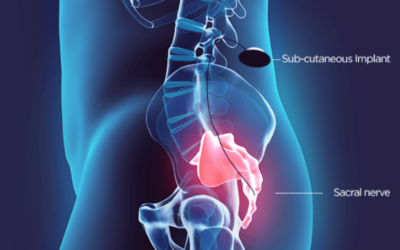How do you change your behavior and stick to it?
Improving bladder leaking often requires changing some of your behaviors (see my post on lifestyle changes that improve bladder leakage.) I might ask you to start working on your pelvic floor muscle strength which would require an exercise routine or going to physical therapy. Or I might ask you to look at your diet and make some changes in what you are eating or how much fluid you are consuming. These are easy things for me to say but not always easy for you to do. I think most of us have made a New Year’s resolution at some point-a self-promise to be better. And while we mean to make the change, most New Year’s resolutions are forgotten by March. Studies show that only 8% of these resolutions are kept. Why does this happen? How can you change your behaviors for good?
Change is hard. There is a whole field of study full of really smart people that focuses on how to change health behaviors. People spend their whole life studying how to help us be better. BJ Fogge, a social scientist expert at Stanford has a theory:
Behavioral changes happen when motivation, ability and a prompt come together.
What does that mean?
Motivation
You have to have a good reason to want to change. If the reason isn’t good enough, you won’t stick with it. So, take some time and think about your motivation and make sure you are in. And remember that the reason here is likely that you want to be dry. This is not going to happen immediately; there will be a delayed response. It takes weeks of working on your muscle strength before you will see a difference. You have to figure out a way to stay motivated when you aren’t sure if it is working. This is (in all honesty), one of the reasons that I send women to physical therapy- the physical therapists help you stick to it when you are in the middle and aren’t sure if it is working.
Ability
You have to be able to make the change. There are lots of reasons why you might not have the ability to change (or maybe just not right now). Be kind to yourself. Think about this list and make sure you have the time and capacity to change.
- Do you have the time to spend on making the change you want?
- Can you afford the change you want to make?
- Is the change too physically or mentally tasking for you to do? (don’t start with a marathon unless you are an ultra-runner!)
- Will the change significantly change your routines? The simpler it is, the easier it will be to follow.
Prompt
How will you remember to do this new behavior? You need to remind yourself to make the change. Do you need a coach? Should you set alarms on your phone? Do you need to mark it in your calendar?
I think most women are more likely to be successful if they start simply. Stick to these guidelines when you are making your change:
- Pick one behavior at a time. Don’t try to make too many changes at once. Pick something that seems simple to you and feasible.
- Measure something so you know that you are making progress. You could write down how many leaks per day (leaks/day) you are having. If your leaks/day goes from 2 to 1, you have made a 50% improvement, even if you aren’t quite where you want to be. Celebrate each little improvement!
- Be patient and kind to yourself. Remember that if the change does not work as well as you want it to, it is not a failure. It is one step on your way to becoming dry. There are just more steps to come.






0 Comments
Trackbacks/Pingbacks